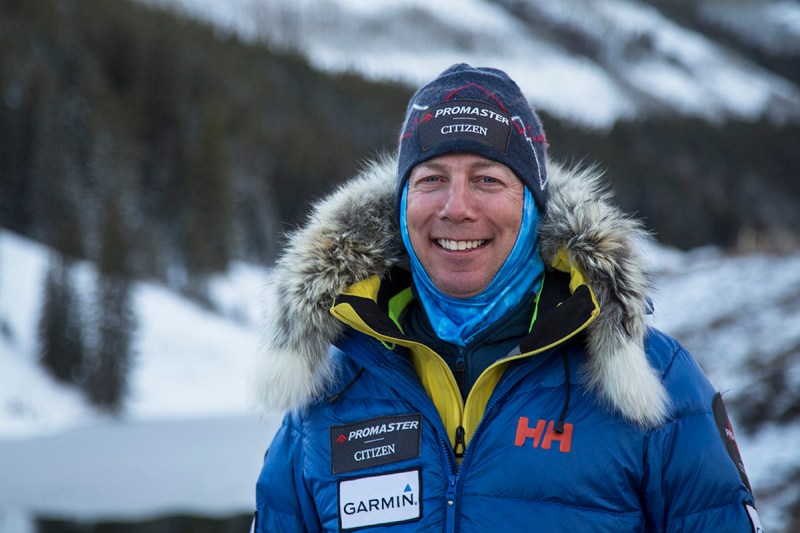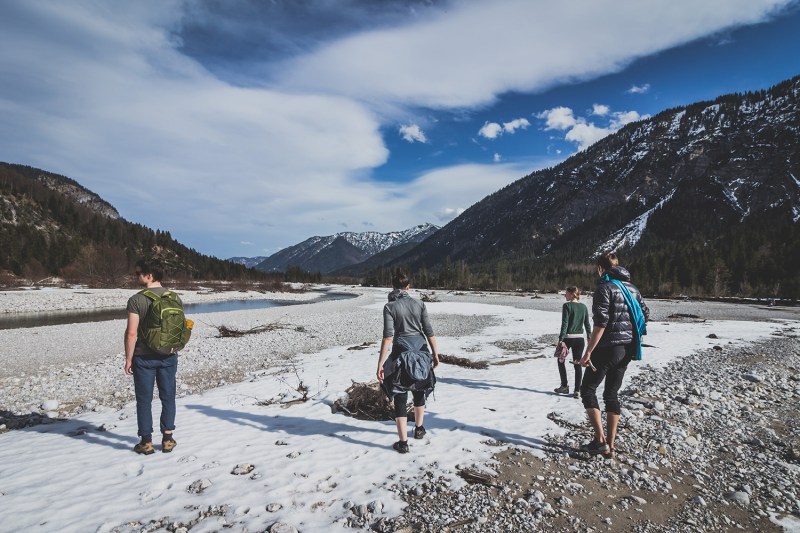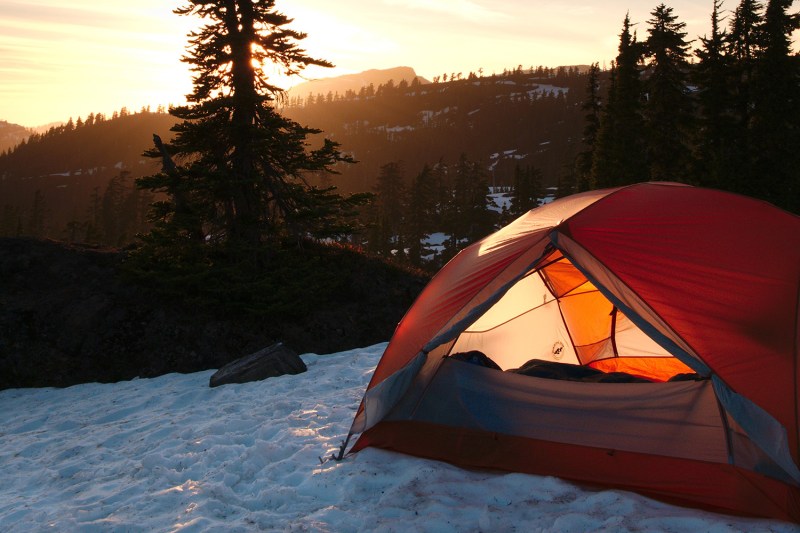As the thermometer continues to drop across most of the country and the official start of winter looms up ahead, most Americans have retreated indoors for the season. Most of us cringe at the thought of the cold mornings and are already longing for the warmer days of spring (which seem so far away), dreading that quick dash to the car from the warmth of their home to make the trek to work, school, or to complete the dreaded grocery store foray. Long gone are their days of youth when you would awake to a fresh supply of snow on the ground with an announcement of school being canceled only to spend the better part of the day outside making snowmen, sledding, and perhaps skiing. Now, it’s shoveling driveways, scraping car windshields, and playing the perpetual game of thermostat roulette.
But what if you could embrace winter like you once did as a child and learn to reignite that enthusiastic approach to the colder months?
Don’t spend another winter heading out the door unprepared or, worse, looking like Randy (Ralphie’s brother) in the puffy onesie from A Christmas Story. We’ve enlisted the professional help of polar adventurer and expedition guide, Eric Larsen, to give us tips on thriving as the temperature plummets outside.

Over the last 20 years, Eric has traveled in some of the most remote and extreme environments on the planet. In fact, he has completed more North and South Pole expeditions than any other American in the history of polar exploration. Most notably, he set a world record by completing an expedition to the South Pole, the North Pole, and to the summit of Mt. Everest all within a 365-day period. Additionally, he and teammate Ryan Waters traveled unsupported from northern Ellesmere Island (Canada) to the geographic North Pole in just 53 days. Larsen is an award-winning author and enjoys sharing his knowledge with others through skills-based courses that focus on winter expedition travel.
We could continue to list his accomplishments both on and off the snow, but we figured you might prefer to get down to educating yourself about keeping warm this winter. Here’s how you can embrace winter rather than trying to escape it this season.
The Manual: Aside from the obvious, what are the greatest threats of winter exposure?
Eric Larsen: Getting too hot while on the move is the most common cold-weather mistake. Your body generates a lot of heat when you’re active. When you get hot, you sweat, and moisture replaces the warm layer of air between your body and your base layer. Once you stop, you cool off very quickly. And shortly after that, you’re going to be really cold.
“I call this the polar strip tease: I’m constantly adjusting my hood, hat, layers, and more so that I don’t get too hot.”
The solution? It’s best to start cold with less layers than you expect you will need and then put more on after your heart is thumping hard from exertion. If you are already heavily dressed, ventilate and take off layers before you get warm.
I call this the polar strip tease: I’m constantly adjusting my hood, hat, layers, and more so that I don’t get too hot. I’ve been so warm in -50-degree temperatures that I’ve skied without gloves on. In Antarctica, on my fat-bike expedition, I even biked in a base layer T-shirt. Don’t be afraid to stop and “strip.”

The important thing to remember is that hypothermia can happen at any point and “margins” for safety are a lot smaller in winter. I try to advocate “thoughtfulness” about winter conditions. In other words, constantly assess the conditions and your own body, and make adjustments as conditions change.
TM: What are your tips for layering?
EL: There’s no such thing as cold weather, just not enough layers. If you feel cold, add another layer. When I was racing sled dogs, I routinely wore seven or eight layers of clothing. On polar expeditions, we’re usually working so hard we need less.
I divide them up into three basic categories:
- Wicking
- Insulation
- Wind protection
I prefer using a synthetic layer next to my skin as it has better wicking properties than wool. Depending on my activity level and temperature/weather conditions, I will add additional insulation layers. I also have a big down jacket that I can put on over my outer layer if I get really cold or am not moving.
“There’s no such thing as cold weather, just not enough layers. If you feel cold, add another layer.”
Again, it is important to remember that getting too hot can be just as much of a problem as getting too cold. Therefore, you need to constantly be mindful of your body temperature and the condition. I also adjust layers fairly regularly by opening and closing pit and leg zips, putting up/down hood, etc.
In very cold conditions, I like to wear a balaclava, hat, and neck tube.
TM: I think most people struggle with cold feet and hands. What do you recommend for keeping the extremities warm?
EL: You wouldn’t go out in below-freezing weather in a thin summer jacket, so don’t make your feet do the same thing. Bigger socks trap more warm air next to your body and provide better insulation. Much like the layering system you use for your body, layer up on your feet, too! For seriously cold temps I recommend a two to three-layer system:
- Lightweight wicking sock
- Lightweight wool sock
- Medium to heavy wool sock.
While wearing thicker socks is an important part of the solution, it can also be part of the problem. Too many socks can mean a tight squeeze that ultimately cuts off circulation to your feet. Make sure boots are sized properly for the number and type of socks you wear while leaving enough room to wiggle your toes. I size my polar boots a full size larger to accommodate socks and insoles.
TM: If someone wants to spend the night out winter camping, what are your tips and gear recommendations for a pleasant night?
EL: I think the same principles that apply to traveling in the cold also apply to sleeping. Try to stay dry, if you’re cold, add more layers.

For camping/sleeping, try to compact snow in an area bigger than your tent and then let it harden for at least a half-hour. Try to insulate your tent by placing snow around the edges. I use two sleeping pads and try to make sure that my sleeping bag is zipped up properly around my shoulders, head, and face. I will sleep in dry base layers or even a bigger fleece as well as a balaclava, hat and neck tube. For really cold weather, I’ll add a hot water bottle in my sleeping bag. You can also put your sleeping bag inside another sleeping bag, just like adding layers for warmth. In really cold conditions (-400) I will put my -200 inside my 350 bag.
Further Reading:
TM: Aside from apparel, what items should people carry with them for winter day hiking?
EL: There is a lot of gear that you can bring depending on where you’re going, how long you’ll be out, the conditions, and your goals. That said, there are a few great additions that can be super helpful:
- Microspikes (I’m a big fan of Yaktrax as trails get icier or steeper)
- Thermos with hot water
- Hand warmers
- Snacks that can be eaten when frozen (i.e. those that don’t freeze or are broken down in small bites)
- Headlamp (you never know what might happen)
- Garmin inReach (this goes with me everywhere)
- First aid kit (this should go on any adventure)
- Small emergency kit to include (but limited to) lighter or matches, fire starter, emergency blanket
- Big down jacket
Get the Gear
While this isn’t a gear roundup, we figured it would be worthwhile to mention a few key pieces of gear for confronting Old Man Winter and perhaps winning the inevitable face-off.
A quality jacket is paramount to keeping the core warm. Canada Goose
Larsen discussed how to keep your feet warm. In addition to having a strong sock layering system, it’s important to choose footwear that is designed for cold temperatures. Baffin, another Canadian brand, knows a thing or two about making footwear that is utilized in some of the harshest environments on the planet. We know you need options, so here you go:
- For the coldest days: Control Max
- For winter sport: Borealis
- Lifestyle: Copenhagen


